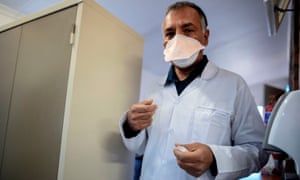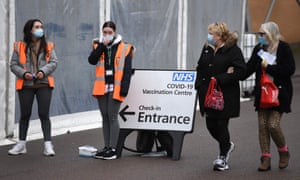Bitcoin Flies To Over $44k After Tesla Purchases $1.5 Billion in BTC

Tesla's CEO Elon Musk has been rather vocal about his enthusiasm for cryptocurrency lately, and now, the automaker Tesla has purchased $1.5 billion worth of Bitcoin, according to a new SEC filing. The automaker also stated that it would start accepting Bitcoin payments in the near future, meaning you'll be able to buy a Tesla with just cryptocurrency exchanging hands. Unfortunately, that isn't good news for hardware enthusiasts as it means that demand for other coins, including those mined with GPUs, could intensify, exacerbating the ongoing shortages.
Tesla claims to have bought in this much bitcoin to "to further diversify and maximize returns on our cash" (Section 22 of the SEC filing) -- likely meaning it will sell at least some of the cryptocurrency in the future.
But, curiously, Tesla's move came right before Elon Musk expressed enthusiasm about Bitcoin and Dogecoin on Twitter, which appears to have led both cryptocurrencies to higher prices. As such, Bitcoin is currently at a staggering price of over $44,000 USD, with Dogecoin moving from half a cent to well above 8 cents per coin, a new record high.
Considering the filing is from January, chances are that the $1.5 billion investment has already surpassed $2 billion in value.
That being said, this isn't great news for PC hardware. As Cryptocurrencies become more expensive, mining crypto becomes more profitable and therefore, miners will be willing to pay higher prices for graphics cards, which will only make the shortage worse than it already is. News just broke that Nvidia's RTX 3000 series GPUs are set for concerning shortages in Q1, and this is likely to only make matters worse.

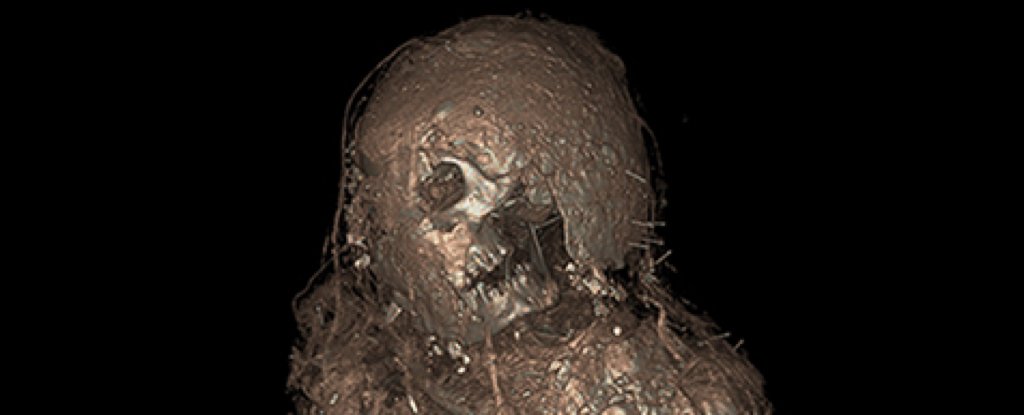

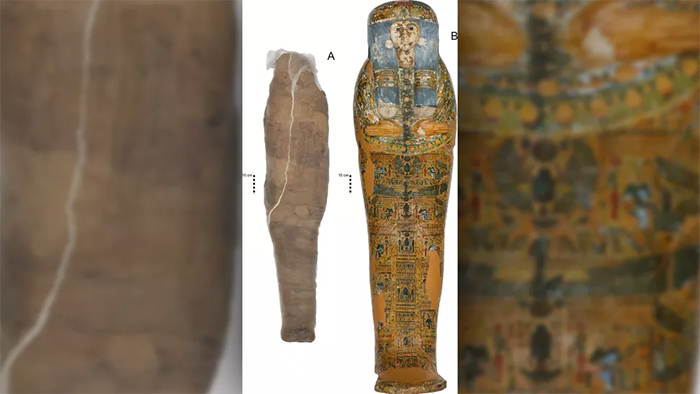
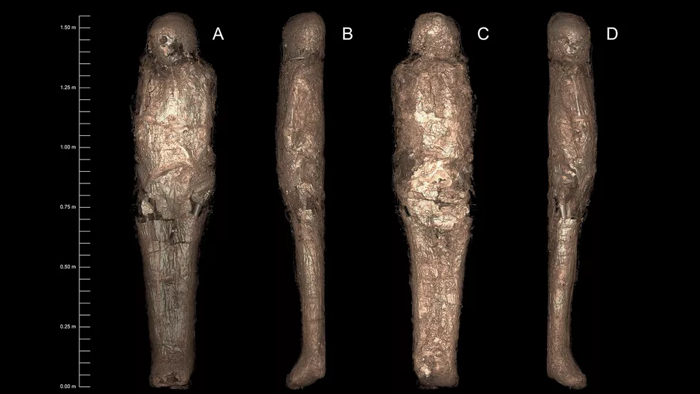
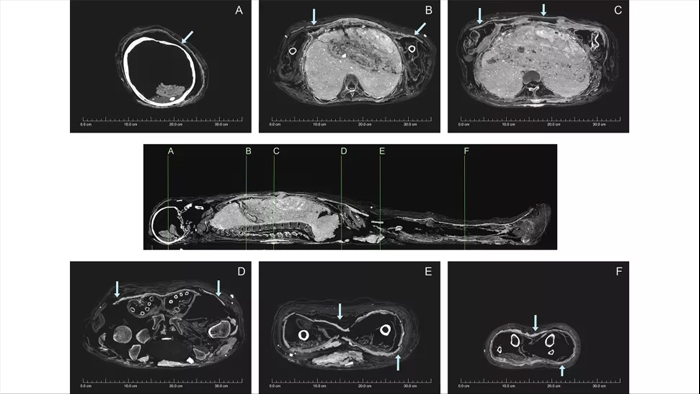






 Unloading cases of vaccines in Johannesburg last week.
Unloading cases of vaccines in Johannesburg last week.
